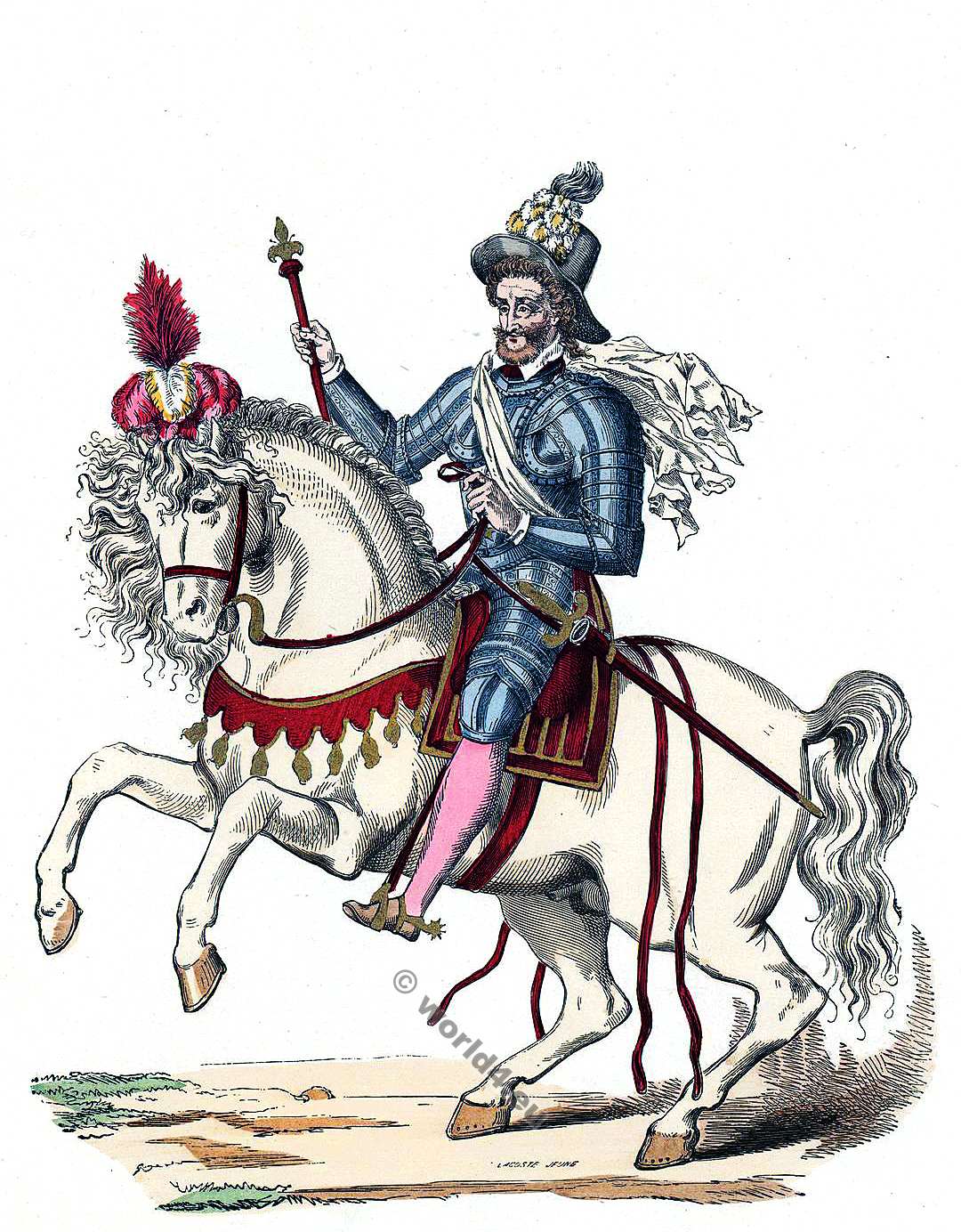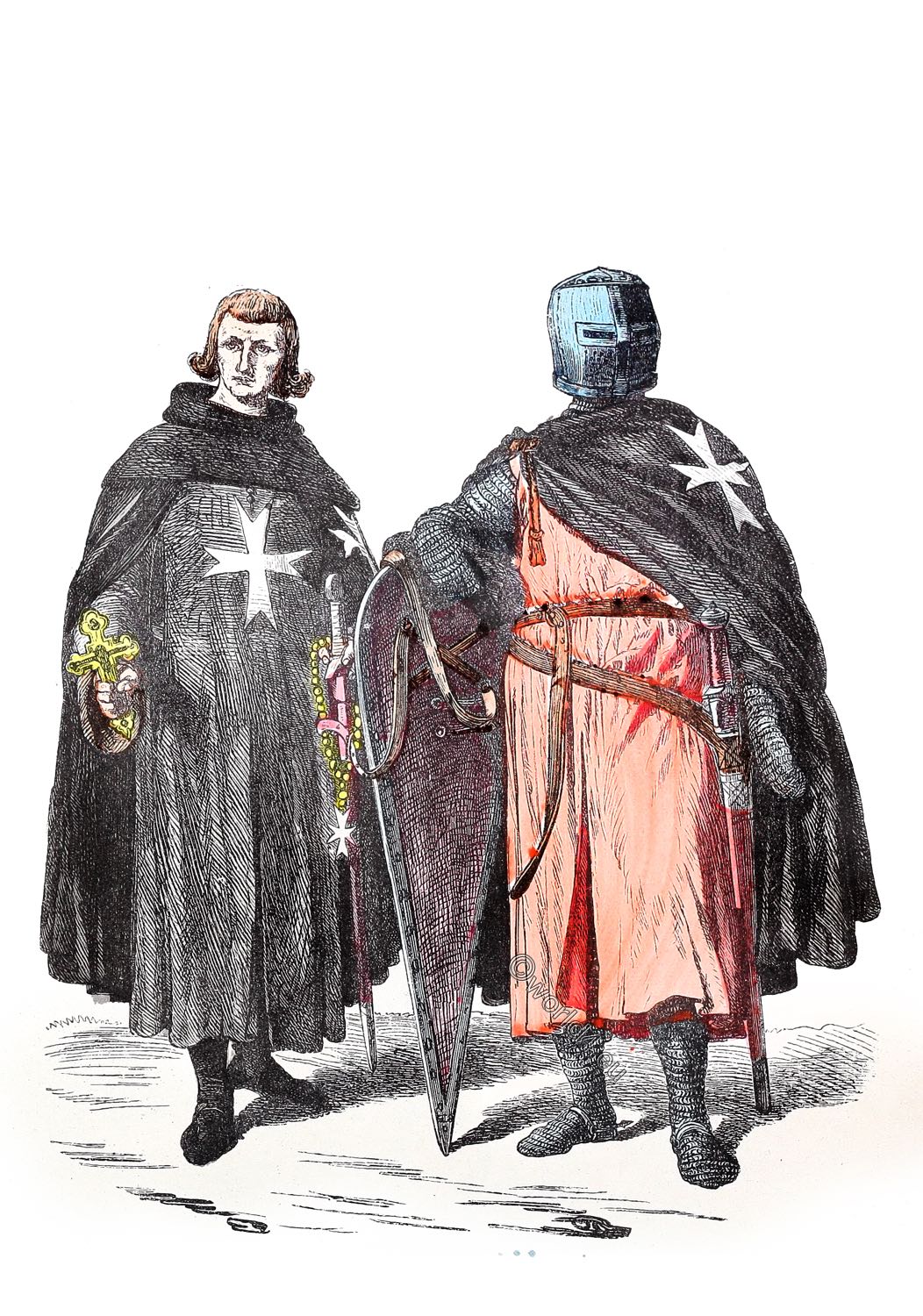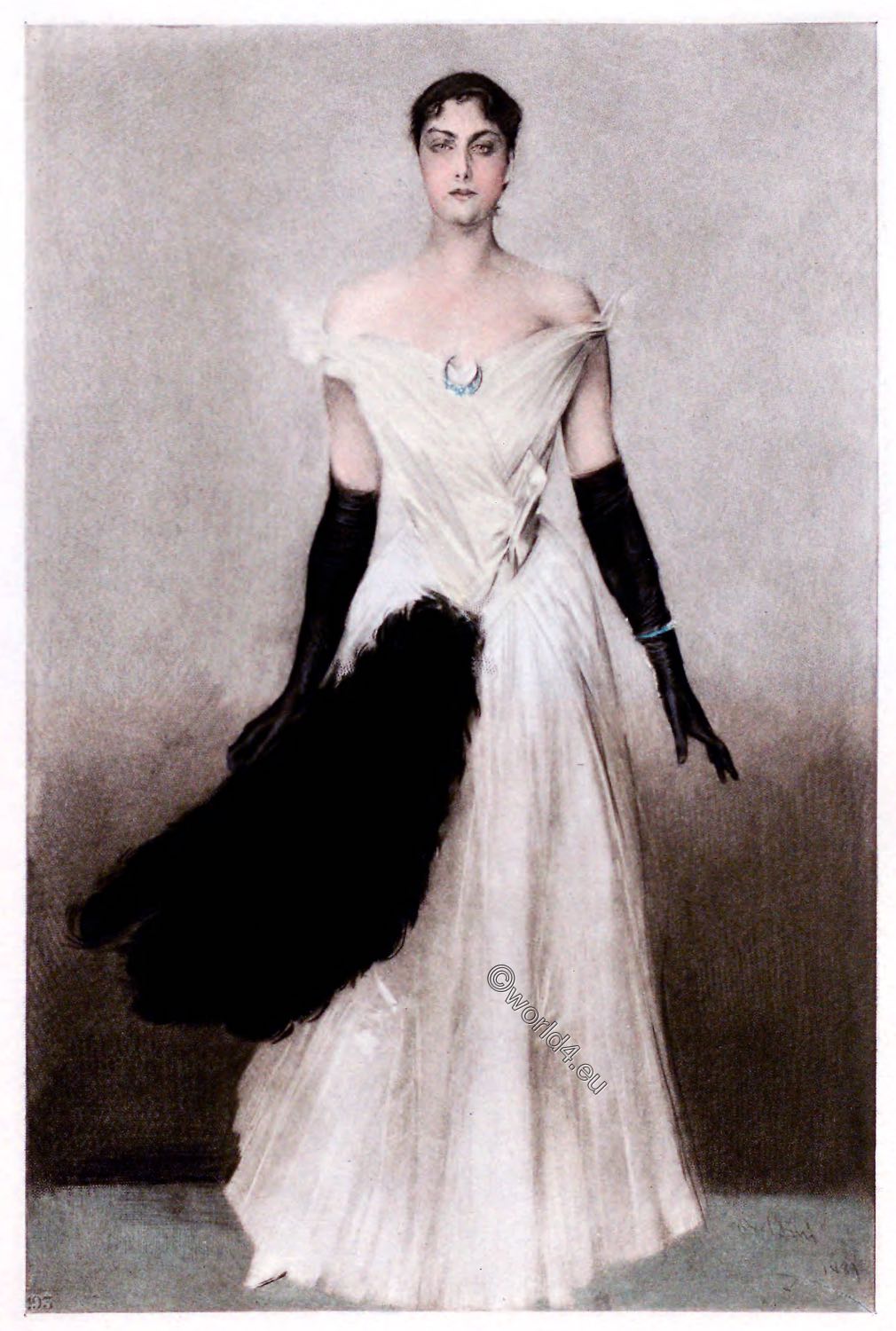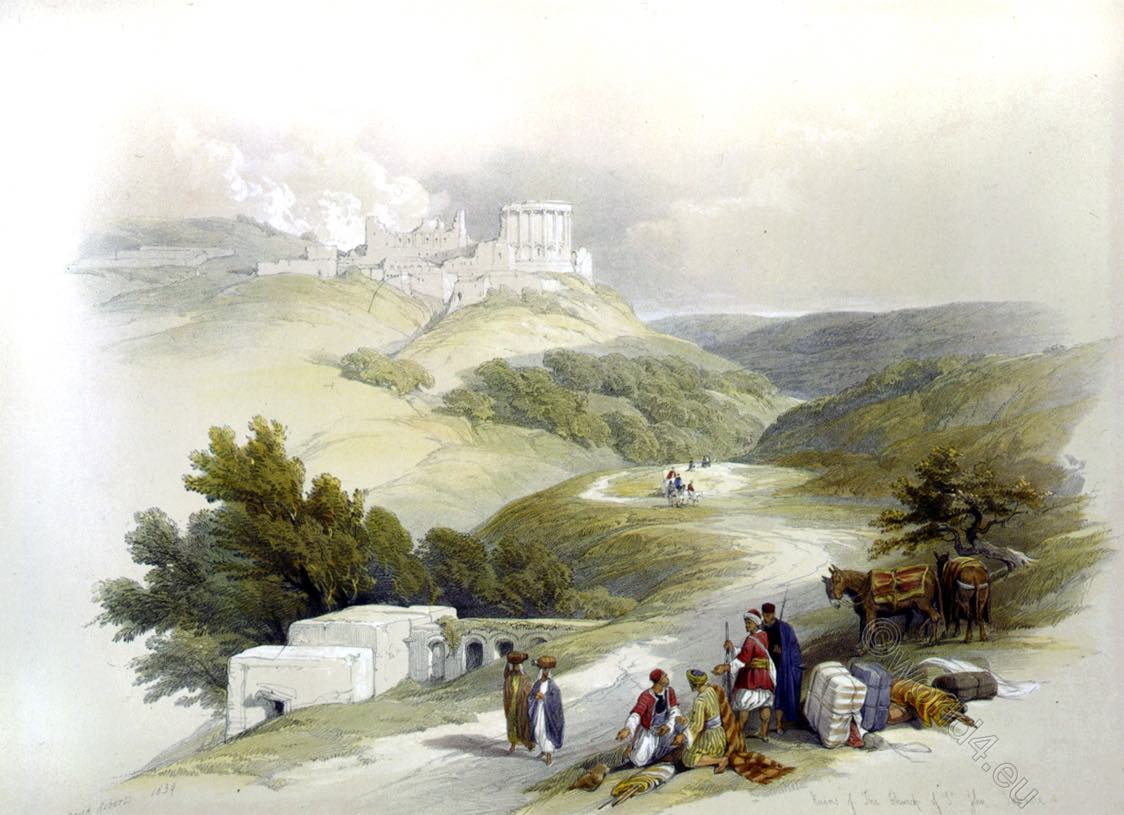PORTRAIT OF JOHN KNOX.
The engraved Portrait accompanying the memoir of John Knox in “The Scottish Nation” is copied, by permission of David Laing, Esq. Keeper of the Signet Library, from a head engraved on copper in a rare copy of Verheiden’s “Praestantium aliquot Theologorum, &c., Effigies,” (published at the Hague in 1602, folio,) in his possession, being the earliest known portrait of the Reformer, excepting the woodcut included by Theodore Beza in his volume entitled “ICONES, id est, Verae Imagines Virorum Doctrina simul et Pietate illustrium,” &c., (published at Geneva, in the year 1580, quarto,) which has been re-cut in wood for the Wodrow Society’s edition of the “Works of John Knox.”
The late Sir David Wilkie, to whom Mr. Laing lent the “Effigies,” of Verheiden above refered to for the purpose of copying Knox’s portrait, and whose opinion in this matter was second to none, was inclined to prefer this of Verheiden to any at least of the later portraits of the Reformer. The great loss sustained to the fine arts by the death of this eminent painter before he had finished the most exquisite design of “Knox dispensing the Sacrament,” prevented also (except in the original work) any copy of this portrait in Verheiden from being given to the world until now. Lord Torphichen’s picture at Calder House, engraved for Dr. M’Crie’s Life of Knox, is a portrait of the Reformer, and it may have been copied from an old painting, but at best it is a harsh and disagreeable likeness, painted at least a century after Knox’s death.
“When the engraved pseudo-portraits of Knox,” says Mr. Laing, “are brought together, it is quite ludicrous to compare the diversity of character which they exhibit. Besides the ordinary likeness with the long flowing beard, copied from bad engravings to worse, we have the Holyrood one not unworthy of Holbein of a mathematician with a pair of compasses; the head at Hamilton Palace which might serve for the Hermit of Copmanhurst; and others that would be no unsuitable illustrations to any account of the fools and jesters entertained at the Scottish Court.”
See “Advertisement to Works of John Knox,” Vol. i., edited for the Wodrow Society by David Laing, Esq., Edinburgh.
Source: The Scottish nation, or, The surnames, families, literature, honours, and biographical history of the people of Scotland by William Anderson (1805-1866). Edinburgh : A. Fullarton, 1863. Royal College of Physicians of Edinburgh.
Discover more from World4 Costume Culture History
Subscribe to get the latest posts sent to your email.








